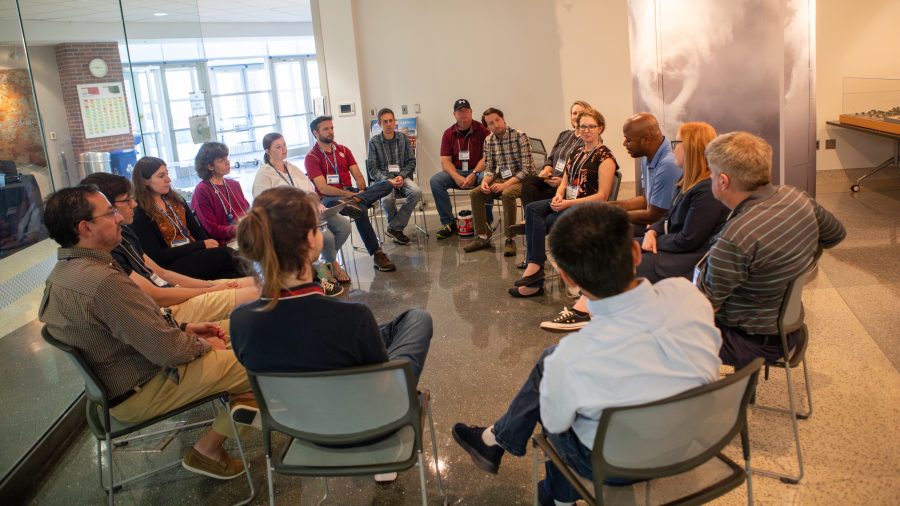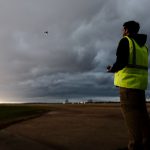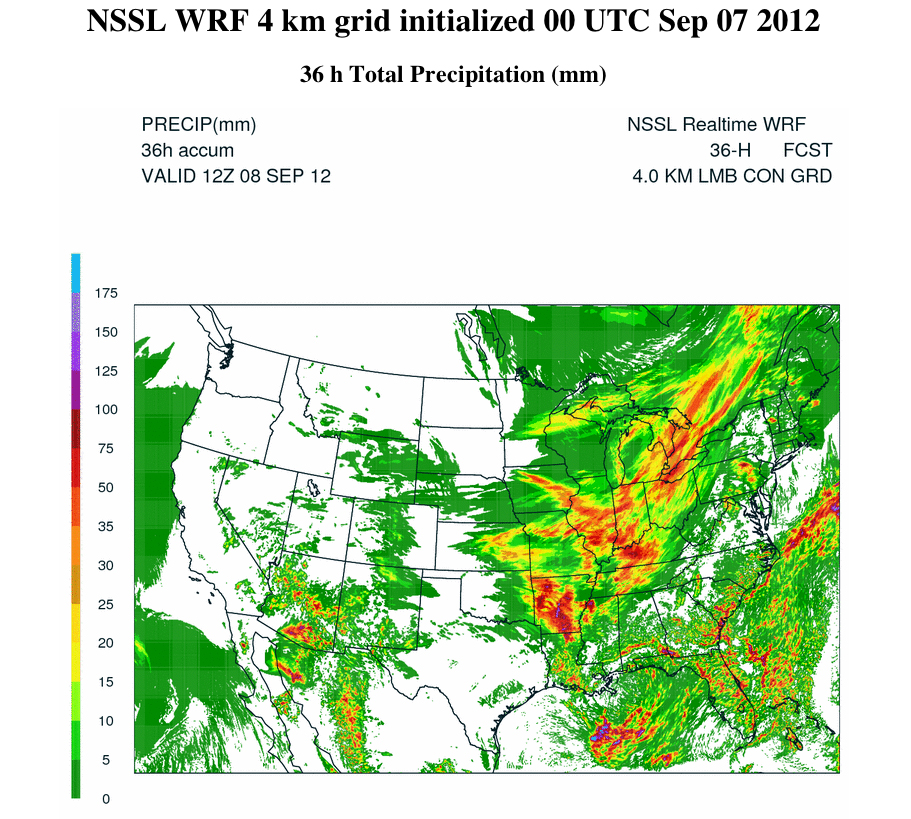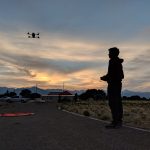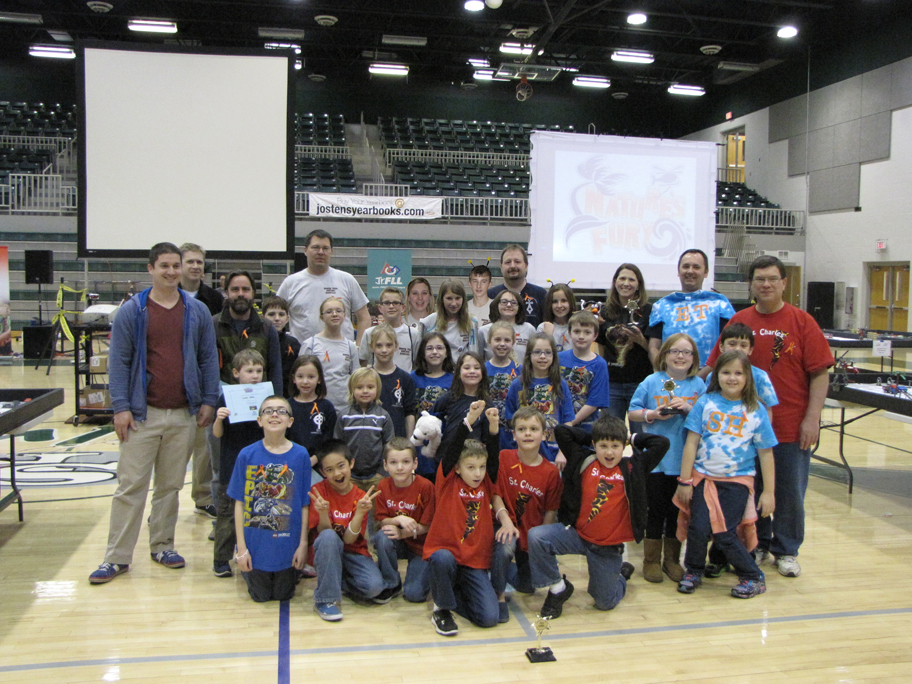
The NOAA National Severe Storms Laboratory (NSSL) hosted its inaugural NSSL Science and Engineering Day recently, gathering lab staff for a full day of reflection, discussion and collaboration. With a focus on appreciating the history and achievements of the lab while also casting a vision for the future, the event gave lab staff a unique opportunity to share, collaborate and think about the future of NSSL.
“I really just wanted to get the lab together to celebrate our science,” said NSSL Director Dr. DaNa Carlis. “The great thing about today is we’re building stronger collaborations between our scientists and engineers and hopefully developing some new concepts and ideas for what we do in the future.”
“As a planning committee, we wanted to create a day that was engaging and fun, with activities and demonstrations that let us peer into parts of the lab that we may not interact with often (or at all),” said Jeff Snyder, NSSL meteorologist. “We strived to build opportunities for organic and casual conversations that could not only enhance camaraderie but also lead to insightful discussions and ideas about the future of the science and the lab as a whole.”

Starting with a presentation of the history of NSSL and its predecessors, followed by a panel discussion on the evolution of NSSL’s core research areas, the focus of the morning session was on how the lab began and how its mission and activities have evolved and grown over the years.
Staff then broke into groups and toured some of the ongoing, major scientific programs within the lab. Activities included demonstrations of a mobile radar and uncrewed aerial system (UAS), hands-on experiences with Probabilistic Hazard Information (PHI), an emergency management tabletop exercise and a tour of the instrument and field work facilities.
A poster and tabletop session then created opportunities for many different groups and programs to present their work, discuss with colleagues, ask questions and collaborate on ideas and future projects.
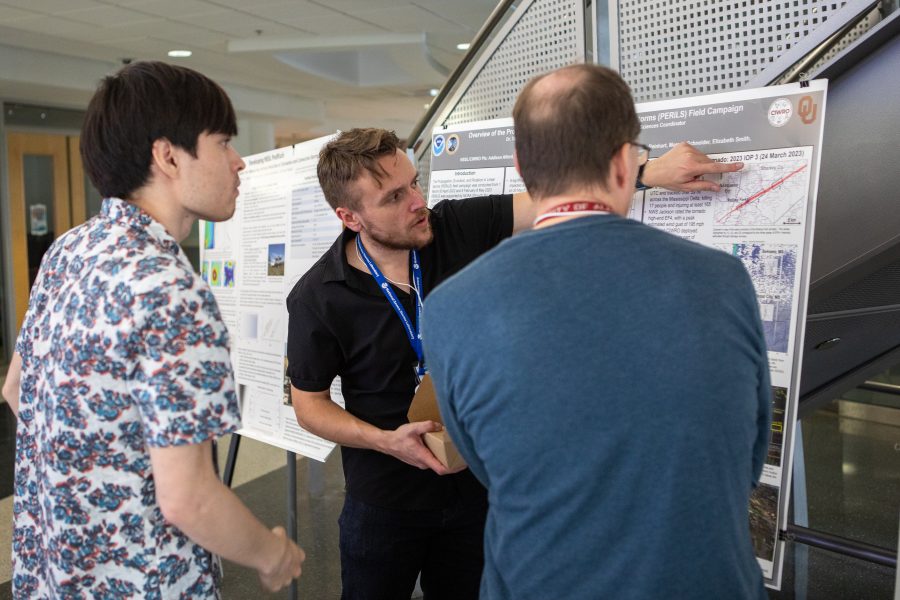
“It’s just so important to break down barriers,” said Kodi Berry, FACETs program lead and one of the organizers of the event. “We’re all divided into different divisions and often stick within our teams when we do our research and development. So this is an opportunity to get people talking across those division lines and generate new ideas.”
Much of the afternoon session focused on the future of NSSL. Breakout groups discussed future challenges facing the lab as well as big ideas for future projects and development.
“As scientists and engineers we’re always looking for what’s next,” Carlis said. “We’re always looking for the next great idea. And to me, it’s important that you get people together to actually have a conversation, to show the information, show what they’ve done in the past so that they can help to define our future.”
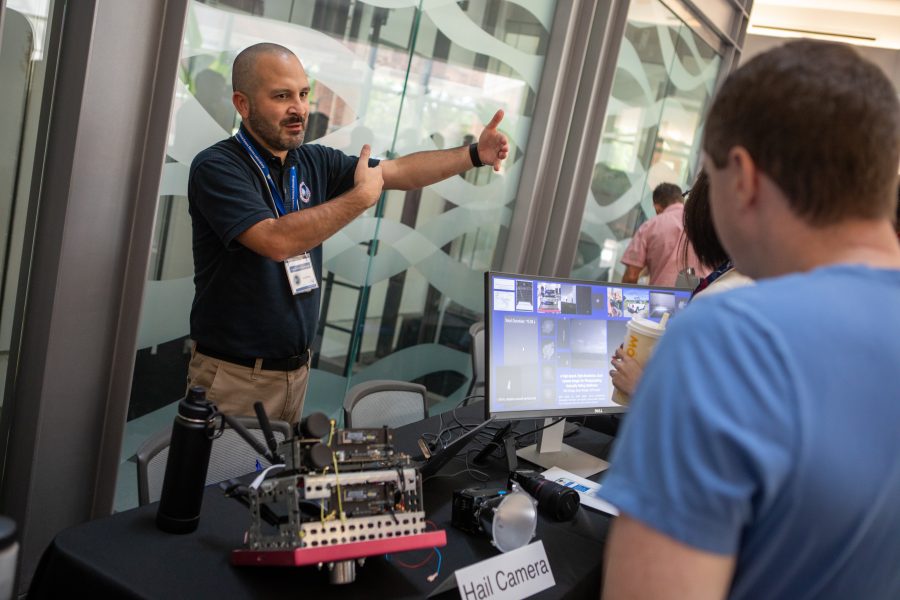
Following the small-group breakout discussions was a special session for “bite-sized mentoring”, where people in different career stages were able to mingle and network to discuss issues and opportunities from different perspectives. The day’s activities wrapped with a tour of the Advanced Technology Demonstrator (ATD), an innovative phased array radar in development and testing at NSSL.
“This whole experience has been amazing,” Carlis said. “Just to feel the buzz and the energy in the air is absolutely awesome. As a leader to just see everybody communicating, smiling, talking about the science and engineering that we’re doing—I’m just super thankful and proud of the committee that put this day together. They did an amazing job and I can’t wait to see what we do next.”
